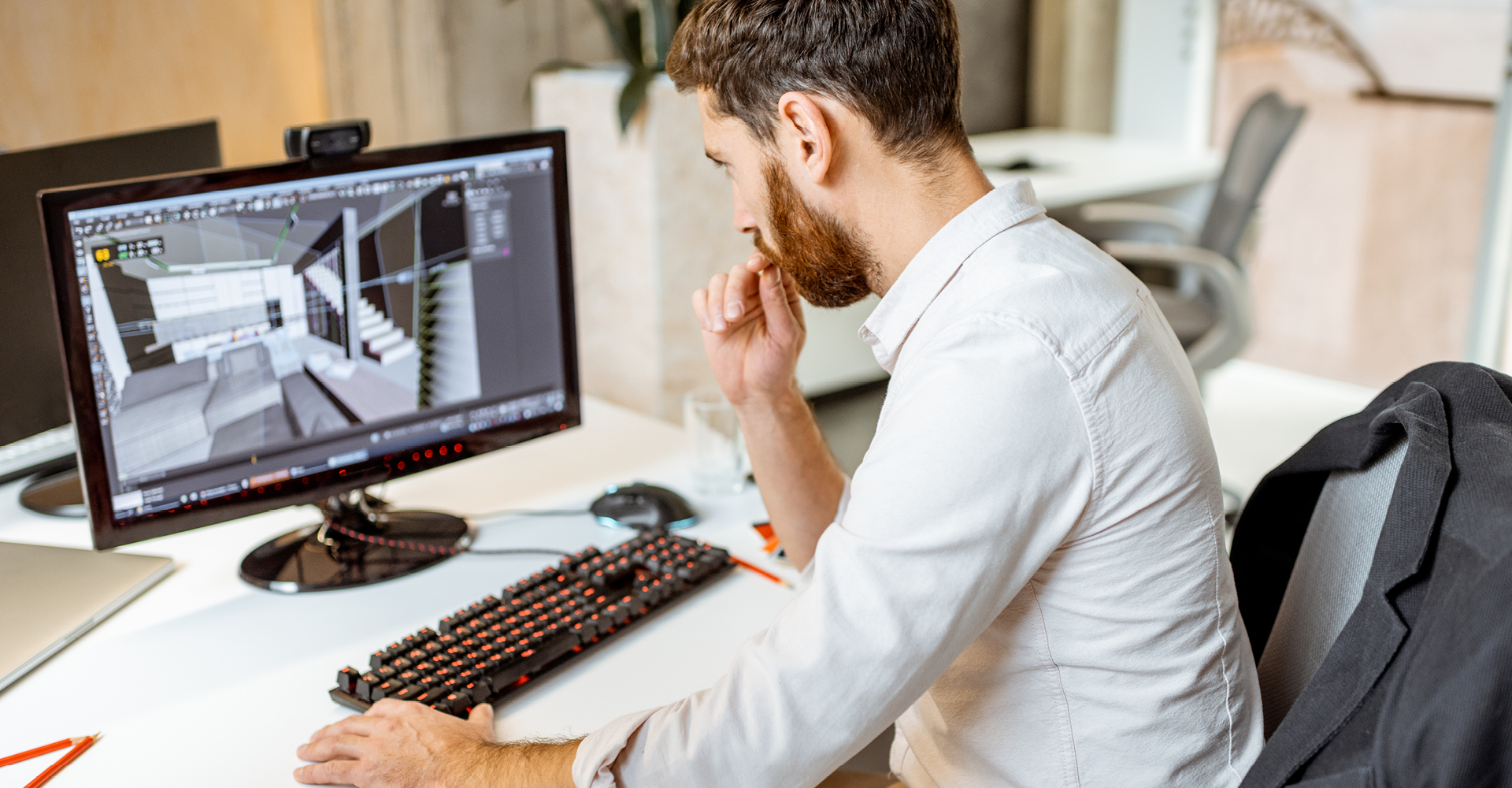
Overcoming common challenges of 3D interior design
Published by Admin on
Oct 3, 2023 7:32:28 AM
An exploration of small things that can streamline or hinder the design process
Interior design is a complex and vast discipline. The field requires technical skills, creativity and soft skills that make the balance of working with people, problem-solving, and working on original concepts alone quite challenging. Now, add to that the demand for digital solutions and innovation in a world where interior design clients are becoming more savvy and want more involvement in the process, and you’ve got interior designers who must adapt to a rapidly changing business environment.
In this dynamic realm, the integration of three-dimensional (3D) technology has revolutionised the way spaces are conceptualised and visualised. From architects to homeowners, 3D interior design has become an indispensable tool for conveying design ideas and capturing the essence of a space before it comes to life. However, despite its transformative potential, this approach has its hurdles.
Common challenges
Clients and designers equally want to make 3D visualisation the norm for interior design. However, its successful integration and establishment as the status quo is going to require collaboration between all stakeholders and solving common challenges that designers encounter when incorporating 3D design into their brand and service offerings. 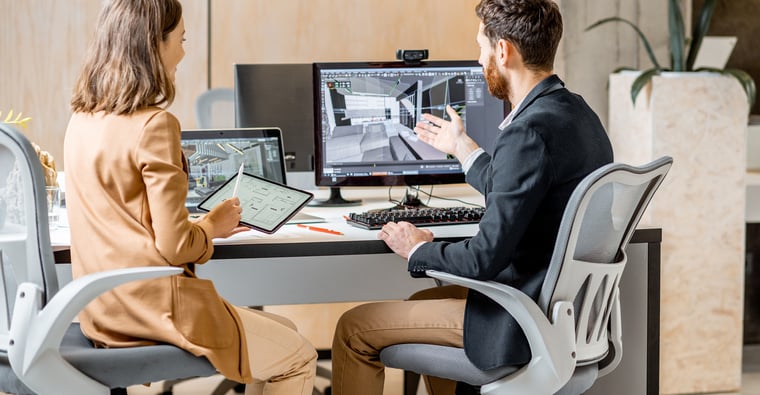
Challenge 1: Skill, time and money
For solo interior designers who are entrepreneurs or even small design firms, the cost of a dedicated rendering engine and 3D artists within their business may be too much. Also, if interior designers are working to grow their business, they have to focus on the design aspect and building relationships, which does not allow enough time to work on renders. 3D renders require specialised skills and this is where collaboration or continued business relationship with a 3D designer can solve the challenge. It may be easier to use a freelance 3D designer for interior visualisation for certain projects and work that costs into a project initially. As the work grows, so too does the relationship between interior designer and their 3D visualisation specialist. This is one aspect of interior design that can easily be outsourced.
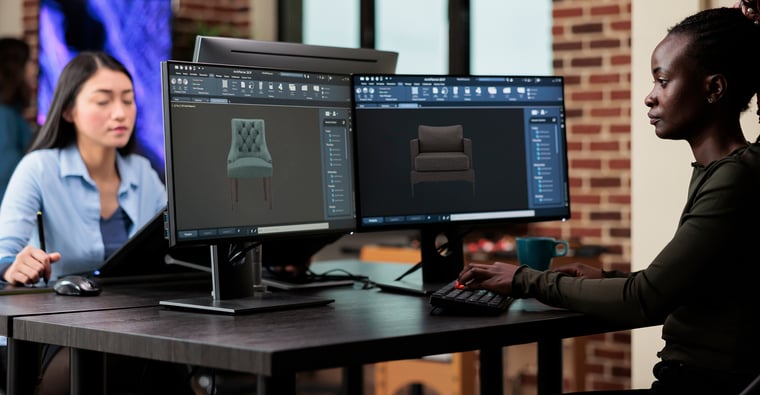
Challenge 2: Dimensions
To create an accurate 3D render for interior design, accurate measurements are required. It’s important for both the interior designer and the 3D designer to have the exact dimensions of the spaces as well as furniture, decor and other items within the space to create a realistic visualisation of the design. The challenge here is that if any of the measurements are incorrect, the space may not look balanced, which will leave the client feeling uneasy. There is also the risk of the finished space looking too cluttered or perhaps too sparse if the measurement in the render creates a different look and feel. Numbers and measurements are crucial for 3D interior design, and all parties involved should ensure they are accurate before 3D renders are created.
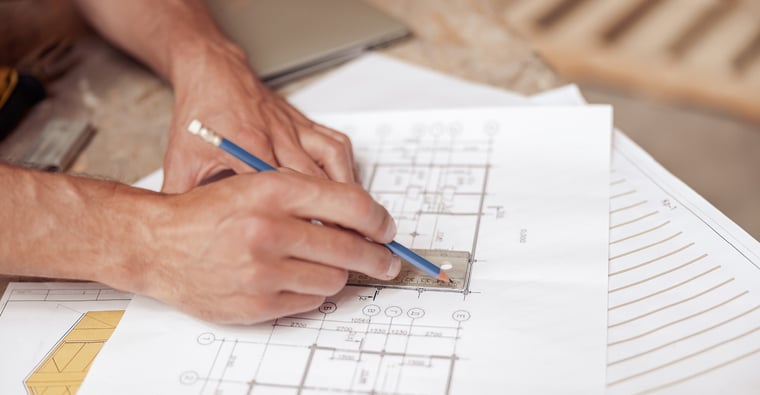
Challenge 3: Digital assets
The world is full of objects we want to touch. This aspect of the sensory experience must translate into a 3D render. To achieve this, designers need access to high-definition, high-quality digital materials and textures. A photorealistic rendering won’t create the same feeling without texture that truly mirrors physical objects. Fortunately, this challenge is easily overcome thanks to easily accessible digital asset libraries specifically designed for interior visualisation and 3D design. You’ll find Twinbru’s 3D fabric textures on the world’s leading design platforms and their accompanying asset libraries. The exceptional quality of our digital fabric textures is elevated by the fact that they are replicas of fabrics that are already readily available to purchase. Our 3D fabric textures are available on our partner platforms with all the fabric product data fully visible.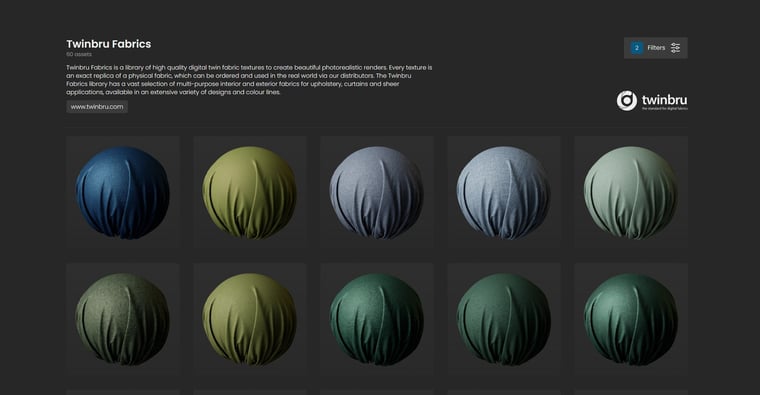
Challenge 4: The right light and perspective
An interior designer can have an exciting concept and a 3D designer can put that into a 3D render but, if you’re looking at it from the wrong angle and it doesn’t have variations in light, it’s going to look flat and uninteresting. If a space isn’t viewed from the right perspective, it may not appear as the designer intended. Angle too high, too low, or perhaps it’s a little too far to the left or right, and the whole vision is spoiled. Equally important is the inclusion of light into the design. 3D design allows for the inclusion of natural light and artificial light. It’s the perfect opportunity for the interior designer to check their light planning in the space and show the client how the space would look when the various light sources are on or off. Light and perspective add interest, and can influence the overall feeling of the design the challenge is making the right choices of what to show and how when the 3D interior process is on the go.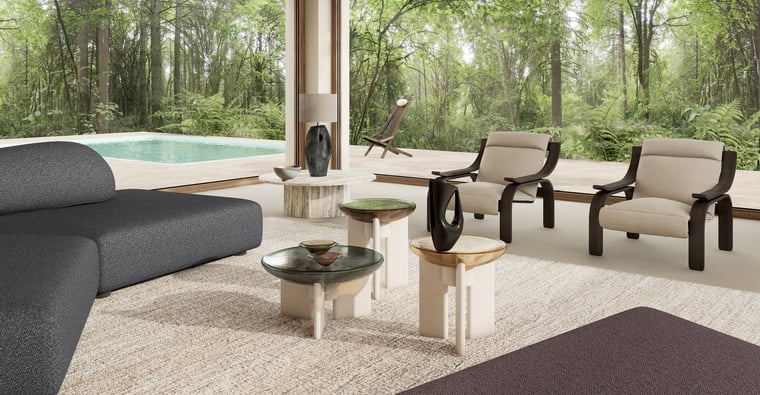
A little planning goes a long way
While these challenges of 3D interior design are fairly common, the solutions are quite logical. Working together, interior designers and 3D designers can plan for these hurdles and successfully overcome them to create an awe-inspiring design that reaps rewards for both their businesses. Because this is still relatively new territory, it’s good to see more interior design professionals and 3D designers engaging with each other. Social media is full of beautiful renders created through collaborations and it’s exciting to see this content grow as well as become physical spaces.
Beyond 3D rendering for interior design, there are loads of other exciting applications for this technology that benefit businesses and other sectors. Twinbru shares exciting use cases for its 3D fabric textures and 3D visualisation here and you can explore our blogs for more insights on where 3D design is shaping the future and helping to close the imagination gap.